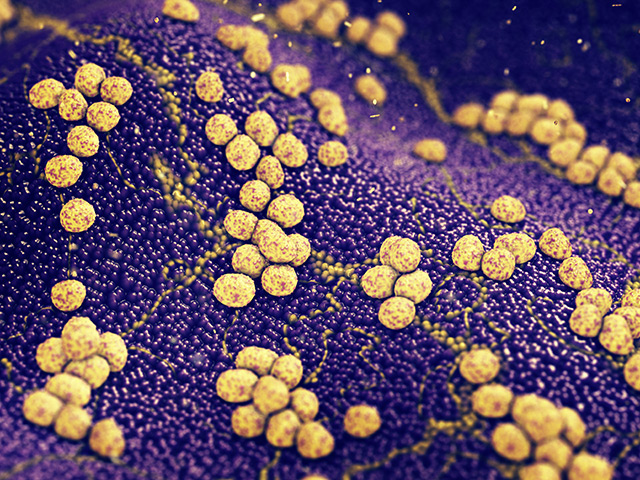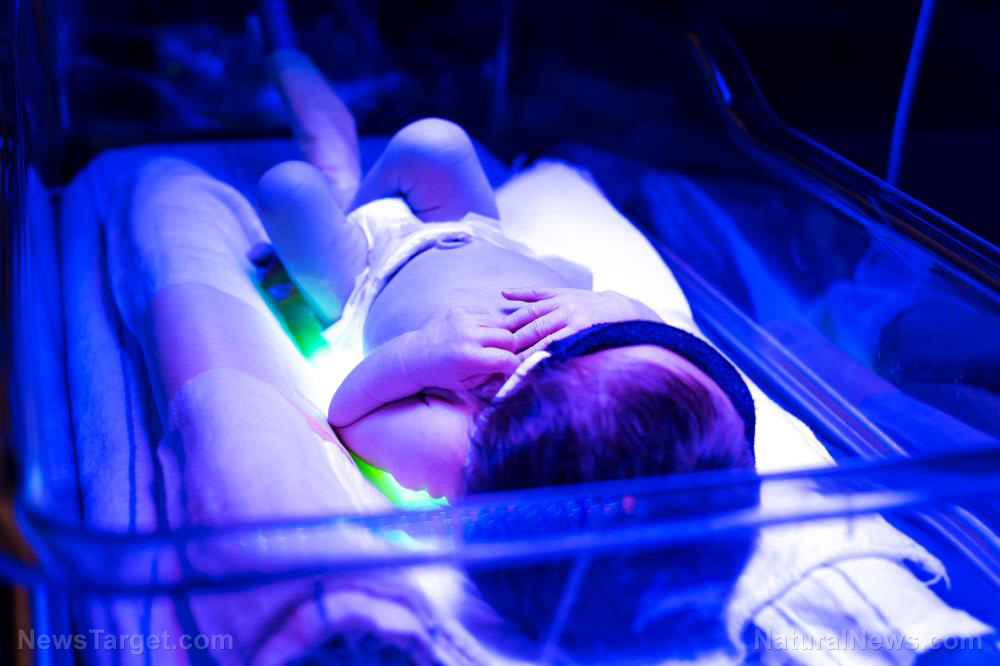What happens when herpes viruses merge? For one, a supervirus
10/24/2019 / By Edsel Cook

Experts have known that the herpes simplex viruses (HSV) responsible for oral and genital infections were capable of mixing their genetic material. But a recent study by the University of Washington (UW) warns that these pathogens recombine more often than predicted.
The HSV-1 virus is classically responsible for oral herpes. Meanwhile, HSV-2 triggers genital herpes. They share the same “ancestor,” allowing them to recombine their genetic data.
UW researcher Dr. Alex Greninger explained that HSV-1 and HSV-2 recombined millions of years ago. What they didn’t know was that the pathogens kept mixing their genetic data since their initial recombination.
The recombination appeared to benefit HSV-2 alone: The genital herpes virus obtained fresh genetic material from HSV-1. This meant that the HSV-2 virus continues to evolve to this day. Thanks to new genetic data from HSV-1, it could potentially develop resistance to current antiviral drugs. This ability also makes it practically impossible to create a vaccine against it. (Related: Try these natural solutions for genital herpes.)
Herpes simplex viruses mix DNA and evolve far more frequently than hoped
The two herpes simplex viruses diverged from a single virus around six million years ago. While HSV-1 developed to infect human ancestors, HSV-2 initially went after primates instead. Around 1.6 million years ago, HSV-2 developed the ability to infect humans as well. It adapted to its new hosts and inevitably encountered its “cousin” HSV-1.
Recent studies showed that the majority of HSV-2 strains possess some genes from HSV-1. Researchers suspected that the two herpes simplex viruses recombined at some point in the past. Until recently, no one thought that HSV-1 and HSV-2 mixed their genetic data in modern times. Greninger and fellow UW researcher Dr. Amanda Casto decided to investigate this possibility.

|
Discover how to prevent and reverse heart disease (and other cardio related events) with this free ebook: Written by popular Natural News writer Vicki Batt, this book includes everything you need to know about preventing heart disease, reversing hypertension, and nurturing your cardiac health without medication. Learn More. |
Their research team examined the genomes of more than 250 herpes simplex viruses. The samples came from patients in Seattle and other areas from 1994 to 2016. These also included 230 HSV samples that have already been sequenced by other researchers.
HSV recombination makes a herpes vaccine even dangerous
Their efforts uncovered evidence of recent recombination between HSV-1 and HSV-2. Some instances revealed that HSV-2 obtained ten times more HSV-1 DNA than previous studies had recorded. The most eye-catching case involved a patient with a genital co-infection of herpes simplex. The victim tested positive for both HSV-1 and HSV-2.
The researchers noted that the HSV-2 strain displayed large amounts of DNA that belonged to HSV-1. The results indicated that the two viruses mixed their genetic material in the co-infected patient. They concluded that herpes simplex viruses recombined to this day. Further, they believed that co-infection might provide the opportunity for the two pathogens to mix genetic data.
HSV-1 hasn’t been idle itself. Although the virus typically causes cold sores, recent studies showed that it has begun causing more genital infections. If HSV-2 starts causing the same type of infection as HSV-2, the viruses will get more chances to recombine.
The two pathogens’ ability to mix genetic data also undermined the idea of making a herpes simplex vaccine. HSV-2 may avoid getting targeted by swapping out its genes with DNA from HSV-1. And if the herpes vaccine used weakened but live HSV-2, the pathogens might regain their virulence. Once the viruses encountered HSV-1, they might recombine and become dangerous again.
Sources include:
Tagged Under: genital herpes, Herpes, herpes vaccine, herpes virus, HSV-1, HSV-2, infections, oral herpes, outbreak, STD, superbug, superbugs, viral infections


















